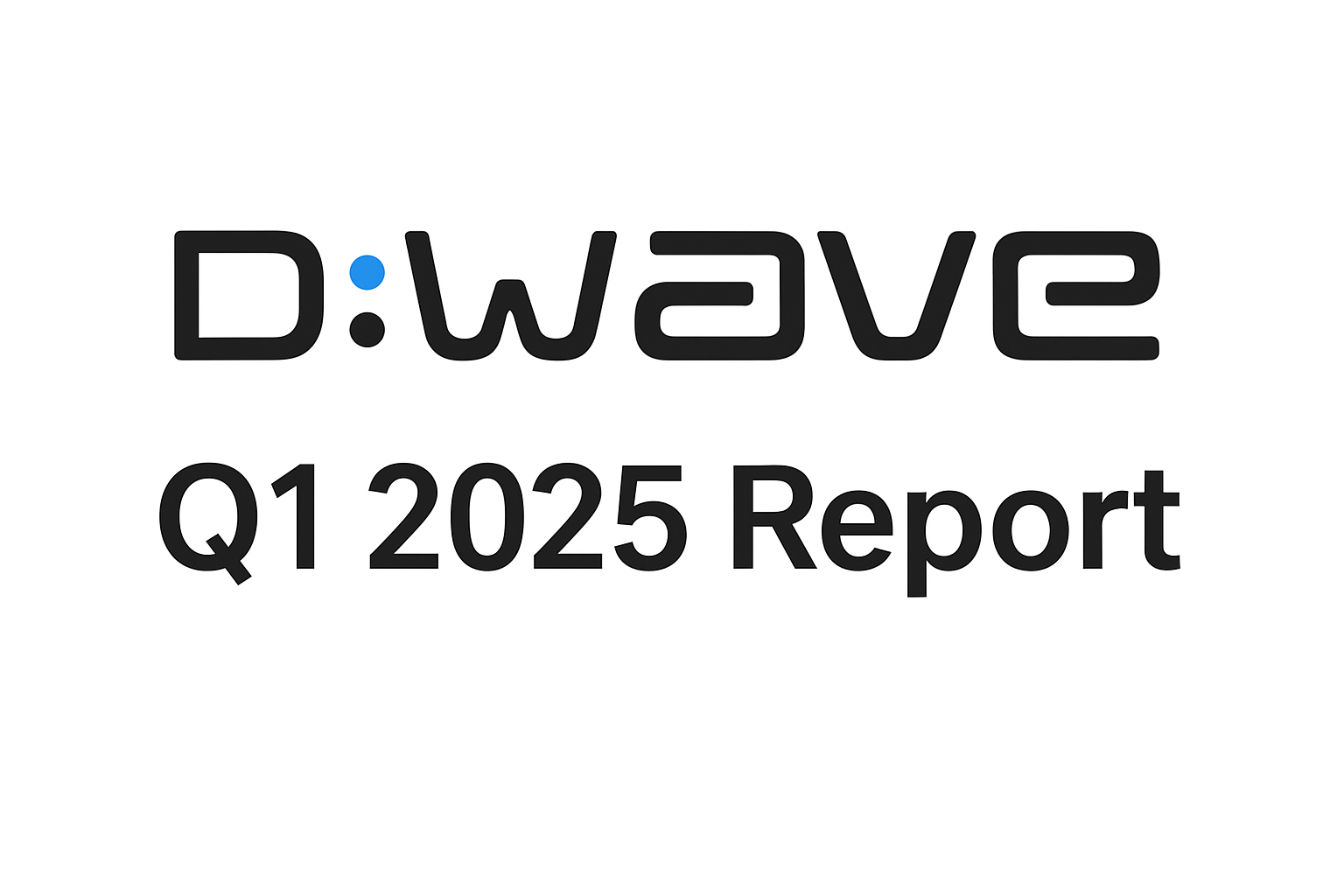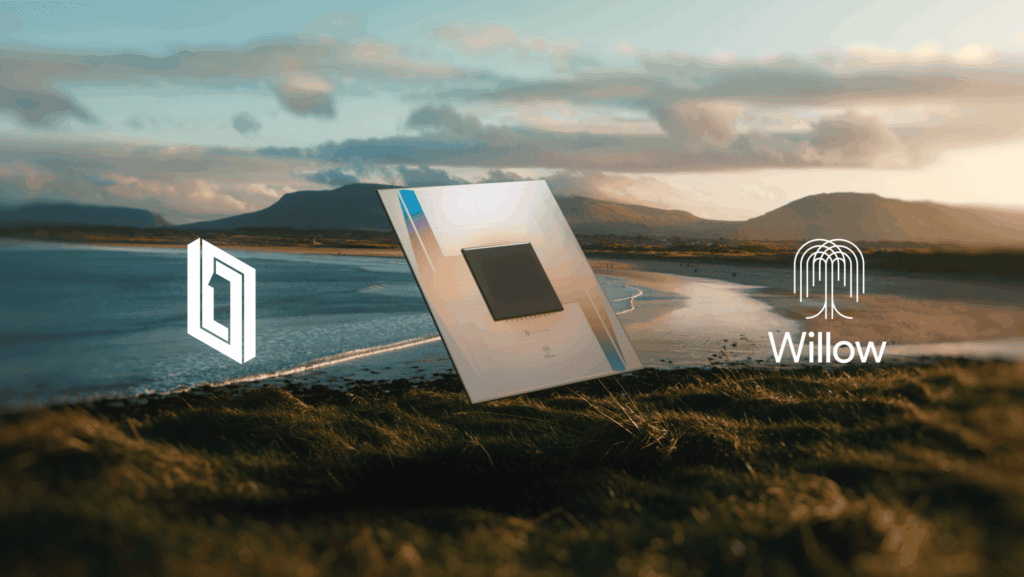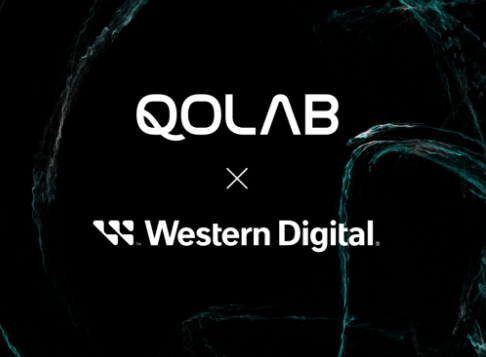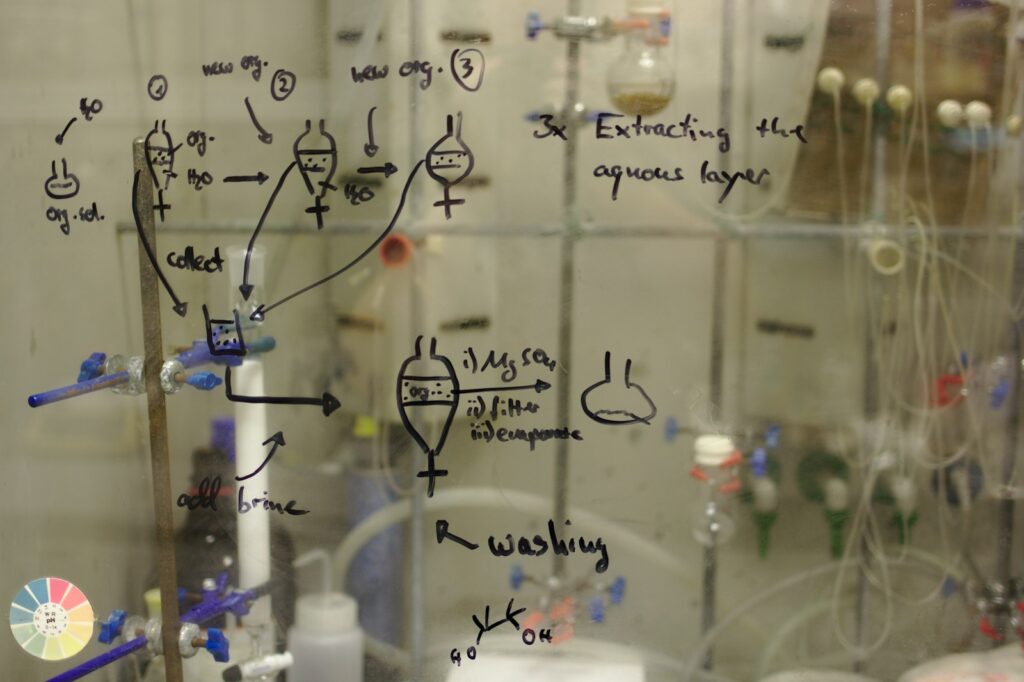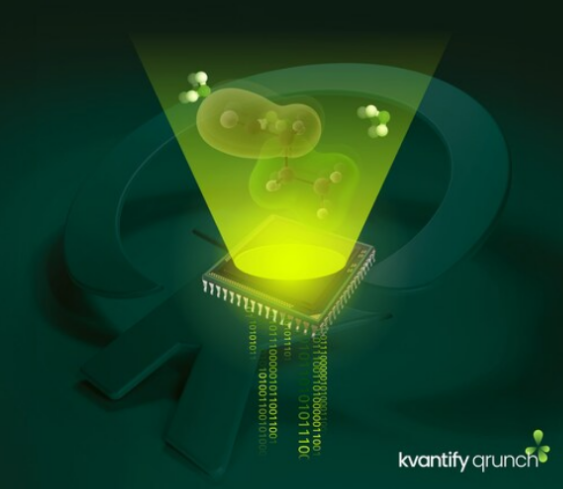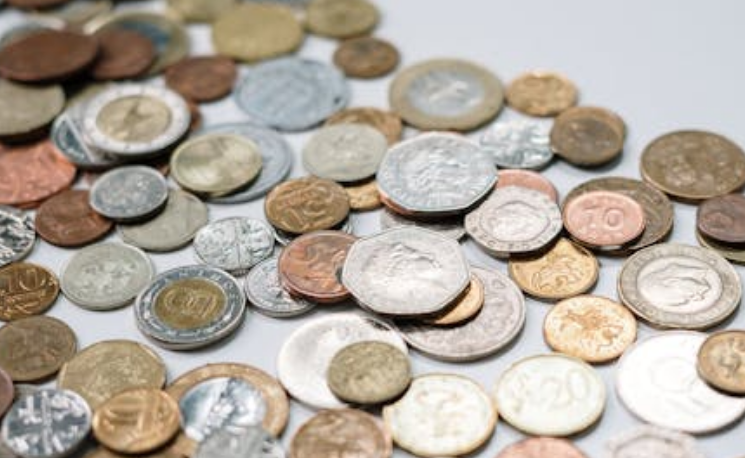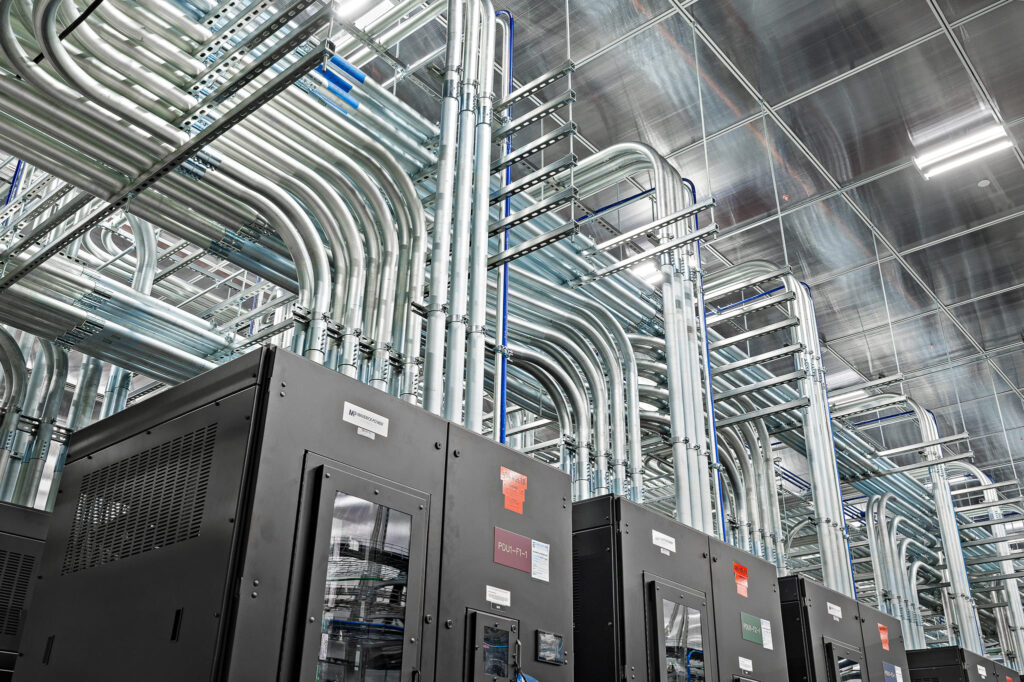Insider Brief
- D-Wave reported record Q1 2025 revenue of $15 million and gross profit of $13.9 million, driven by increased commercial adoption.
- The company attributed its 509% year-over-year revenue growth to the sale of its Advantage™ system to a major research institution and expanded deployments in sectors including manufacturing, pharmaceuticals, and defense.
- D-Wave emphasized its focus on annealing-based systems, product upgrades, and hybrid quantum-classical applications, while ending the quarter with $304.3 million in cash and reducing its net loss by over 68%.
D-Wave reported record revenue and gross profit in the first quarter of 2025, attributing its financial momentum to increased commercial traction and what it describes as a landmark technical milestone in quantum computing.
The Burnaby-based company posted $15 million in revenue for the quarter ending March 31, a 509% increase compared to the same period a year ago, according to a company statement. The sharp rise was primarily driven by the first-ever sale of a D-Wave Advantage™ quantum system to a major research institution. D-Wave also ended the quarter with $304.3 million in cash, the highest quarter-end balance in its history. Company executives said this position is sufficient to fund operations through to profitability.
“The first quarter of 2025 was arguably the most significant in D-Wave’s history, especially in terms of our unique ability to deliver quantum value today to our customers and the scientific community,” said Dr. Alan Baratz, CEO of D-Wave. “We recognized revenue on our first AdvantageTM system sale to a major research institution, moved an additional customer application into commercial production, and became the first to demonstrate quantum supremacy over classical computing on a useful real-world problem. The end result was a record revenue and gross profit quarter.”

Growing Maturity
D-Wave’s results come as the company continues to position itself around quantum annealing technology and hybrid classical-quantum solutions, contrasting with the gate-based systems pursued by many of its competitors. In its earnings release, the company emphasized the growing maturity of annealing applications and cited increasing production deployments in manufacturing, pharma and defense.
One of the quarter’s most significant events was the publication of a peer-reviewed study in Science claiming the first demonstration of quantum supremacy on a useful, real-world problem, according to the statement. The study detailed a simulation of magnetic materials completed in minutes by D-Wave’s quantum computer— a task the company said would take more than a million years and more energy than available globally on the Frontier supercomputer at Oak Ridge. Unlike earlier supremacy claims focused on synthetic problems, D-Wave emphasized this benchmark addressed practical use cases.
Commercial activity also expanded, according to the company, which mentioned some of those new deals. Ford Otosan transitioned a quantum application into production, using D-Wave’s technology to reduce scheduling time for 1,000 vehicles from 30 minutes to under five. The Turkish automaker plans to extend the system to other parts of its manufacturing process.
In the pharmaceutical sector, D-Wave completed a proof-of-concept with Japan Tobacco’s pharma division. The project combined quantum and AI approaches to generate improved molecular candidates for drug discovery, suggesting potential efficiency gains in development timelines and compound quality.
The company also highlighted the delivery of its first Advantage system to the Jülich Supercomputing Centre in Germany, where it is expected to integrate with Europe’s first exascale machine, JUPITER. D-Wave believes this pairing could accelerate development of quantum-enhanced optimization and AI applications.
In the U.S., physical installation of a D-Wave Advantage2™ system was completed at Davidson Technologies in Huntsville, Alabama. That system, designed for mission-critical workloads, is undergoing final calibration. It will eventually operate within a secure facility supporting defense-related research.
Product Upgrades
D-Wave discussed several product upgrades, which included enhancements to D-Wave’s hybrid solvers. These improvements allow support for continuous variables with linear interactions, expanding the system’s utility in applications such as budget allocation, portfolio optimization, and logistics planning.
D-Wave’s annual Qubits conference in late March drew record attendance, with in-person participation up 23% and virtual participation nearly doubling year-over-year, a signal that the company’s engagement is also growing. Attendees included academic institutions, research organizations, and commercial users, many of whom presented real-world use cases powered by D-Wave’s systems.
On the research side, D-Wave published a paper exploring quantum-powered blockchain validation using quantum hashes. The study, which drew on the same quantum supremacy techniques, suggests that quantum-based hashing could cut energy use for proof-of-work systems by up to 1,000 times compared to conventional methods.
Financial Results
Financially, the company also posted a record gross profit of $13.9 million under GAAP, up 736% year-over-year. Gross margin rose to 92.5%, a 25.2 percentage point increase, due largely to the high-margin Advantage system sale. On a non-GAAP basis, gross profit reached $14 million with a 93.6% margin.
While operating expenses rose 31% to $25.2 million, the company said the increase stemmed from targeted growth in personnel, marketing, R&D, and external services. Excluding non-cash and one-time items, adjusted operating expenses rose 36% to $20.2 million.
D-Wave reduced its net loss to $5.4 million, or $0.02 per share, compared to a loss of $17.3 million, or $0.11 per share, a year ago. Adjusted EBITDA loss narrowed to $6.1 million, reflecting a 53% improvement.
The company said it ended the quarter with $146.2 million in proceeds raised through its third at-the-market program and retains $37.8 million in remaining capacity under its equity line of credit, contingent on conditions such as stock price and share availability.
Customer count continued its upward trend, with 133 clients in the most recent four quarters — including 69 commercial customers, 52 research groups, and 12 government accounts. The total marked an increase from 128 in the prior trailing year, with nearly 40% of commercial customers drawn from the Forbes Global 2000 list.
Despite a drop in bookings to $1.6 million from $4.5 million in the prior year, the company said its strong pipeline and system sales set the stage for sustained growth. Executives emphasized that performance-based deployments and real-world problem solving are now central to their commercial approach.
As D-Wave continues its strategy centered on annealing and hybrid quantum systems, the company is focusing on carving out differentiated technical and market positions, even as broader quantum industry competition intensifies.

